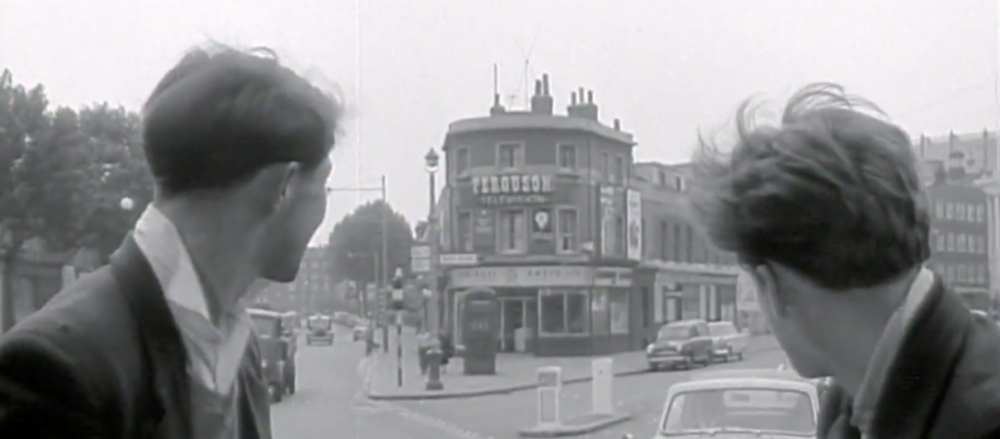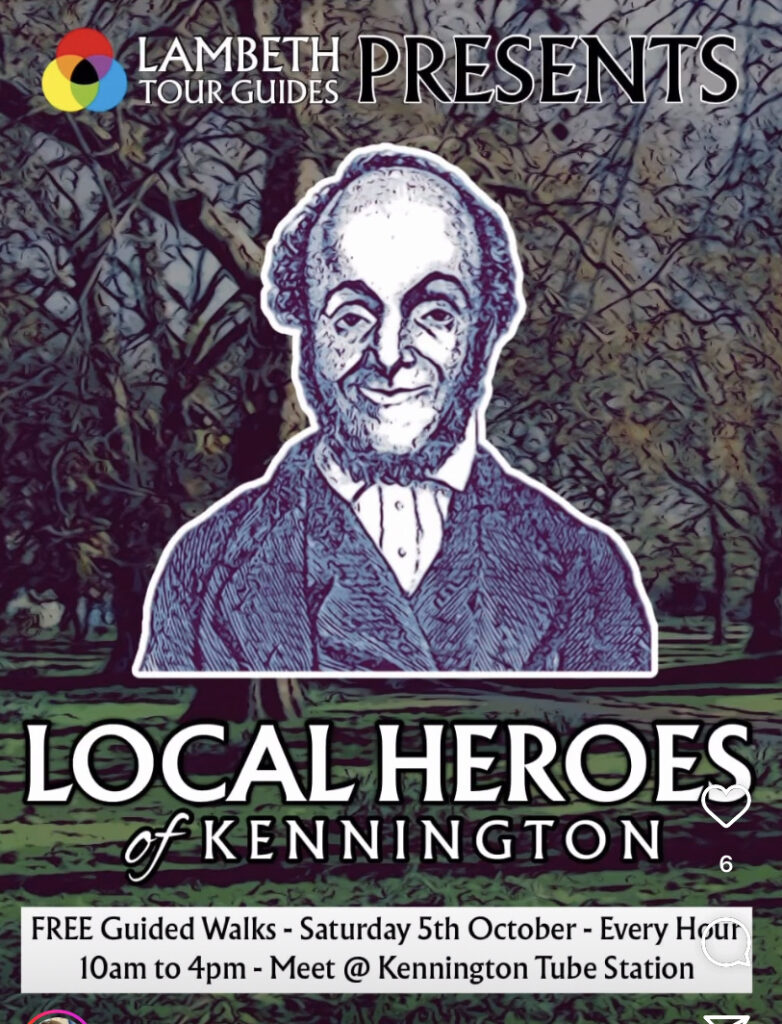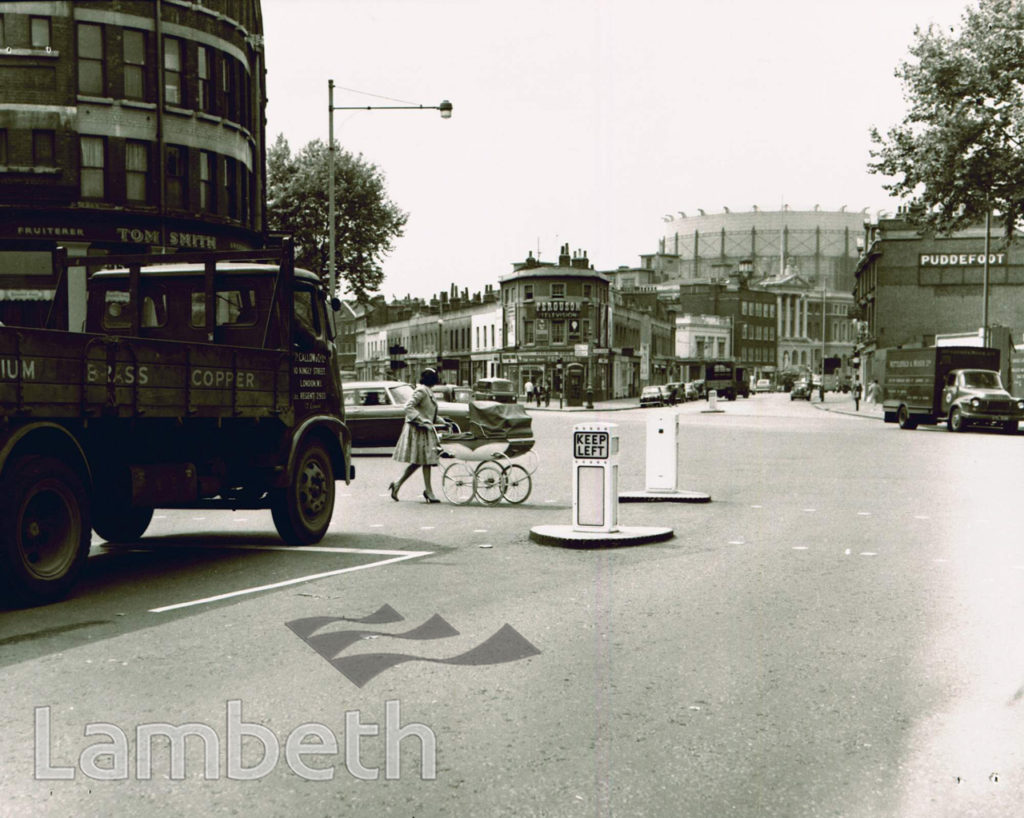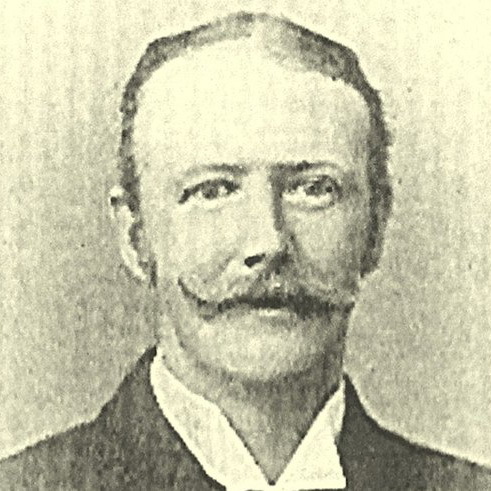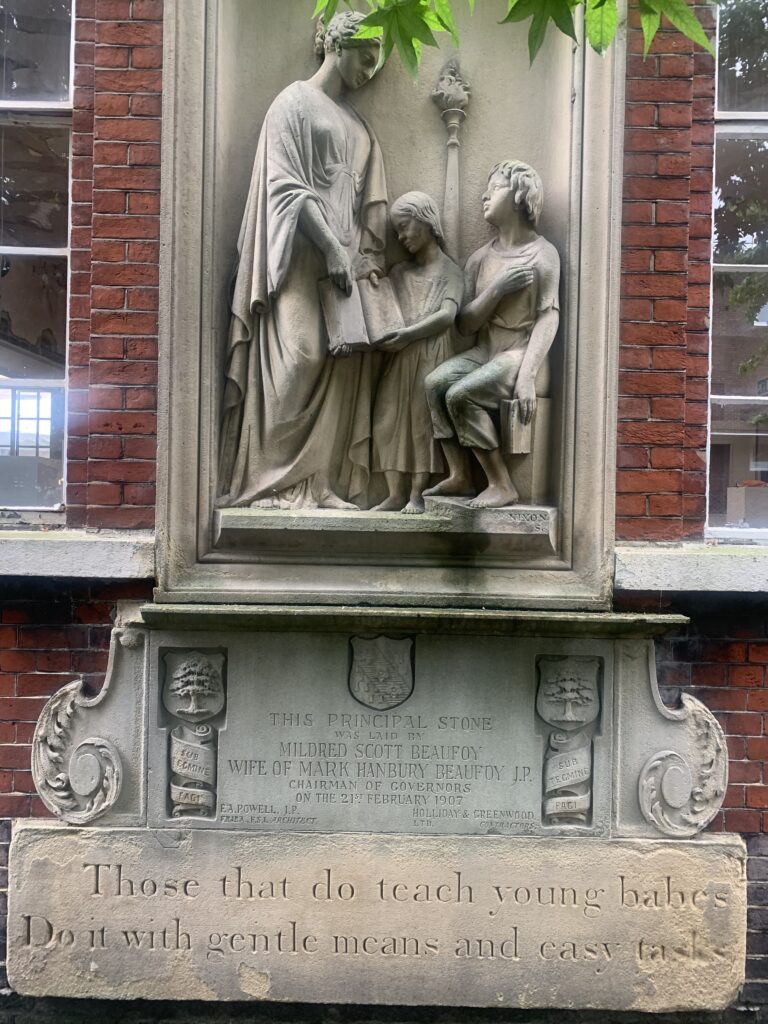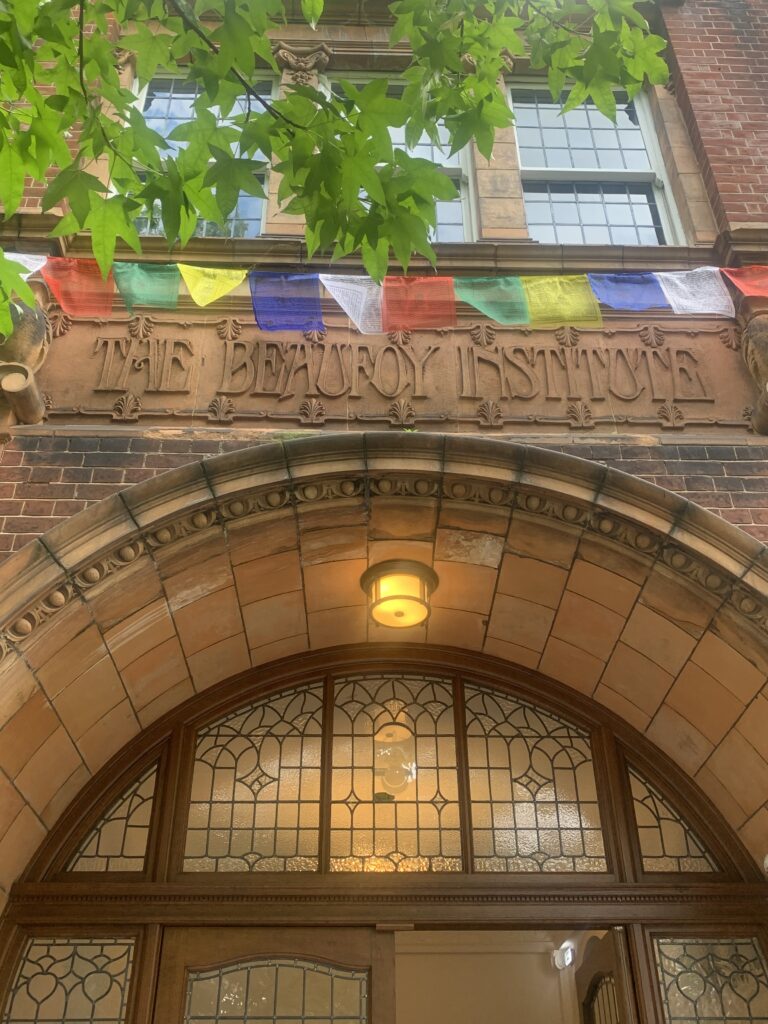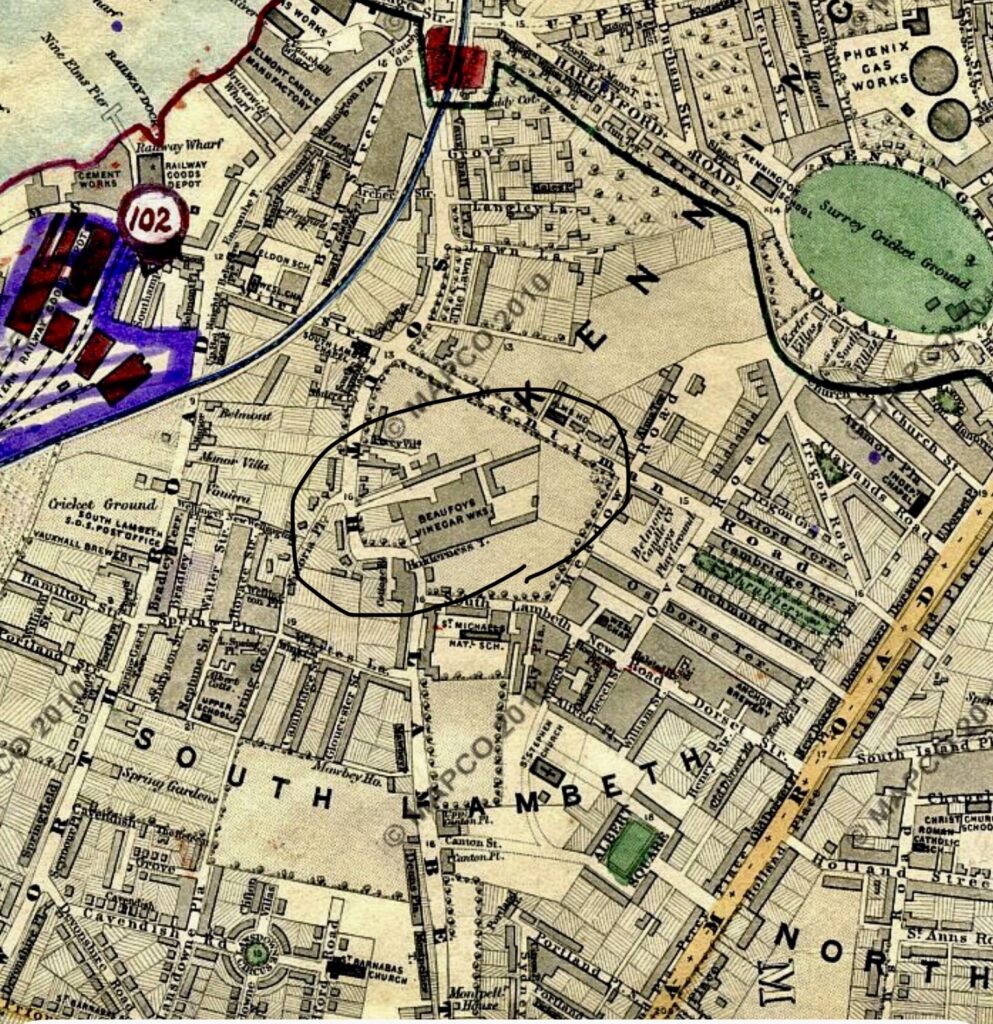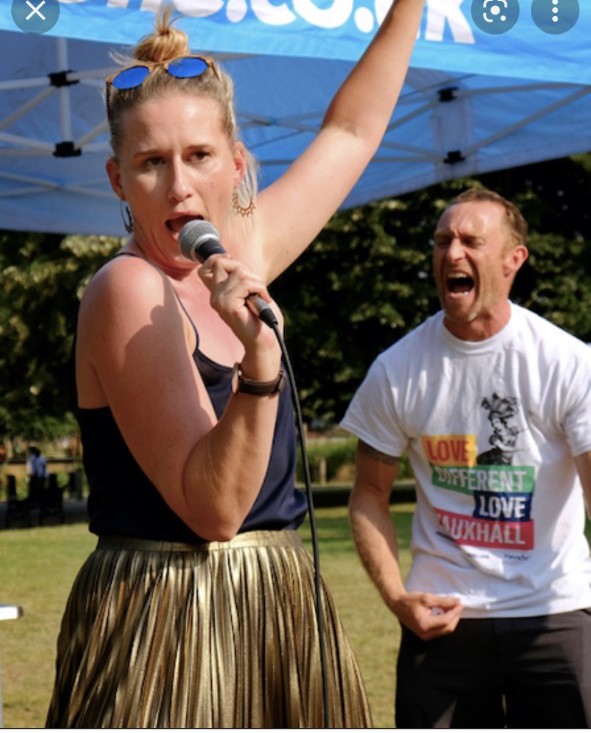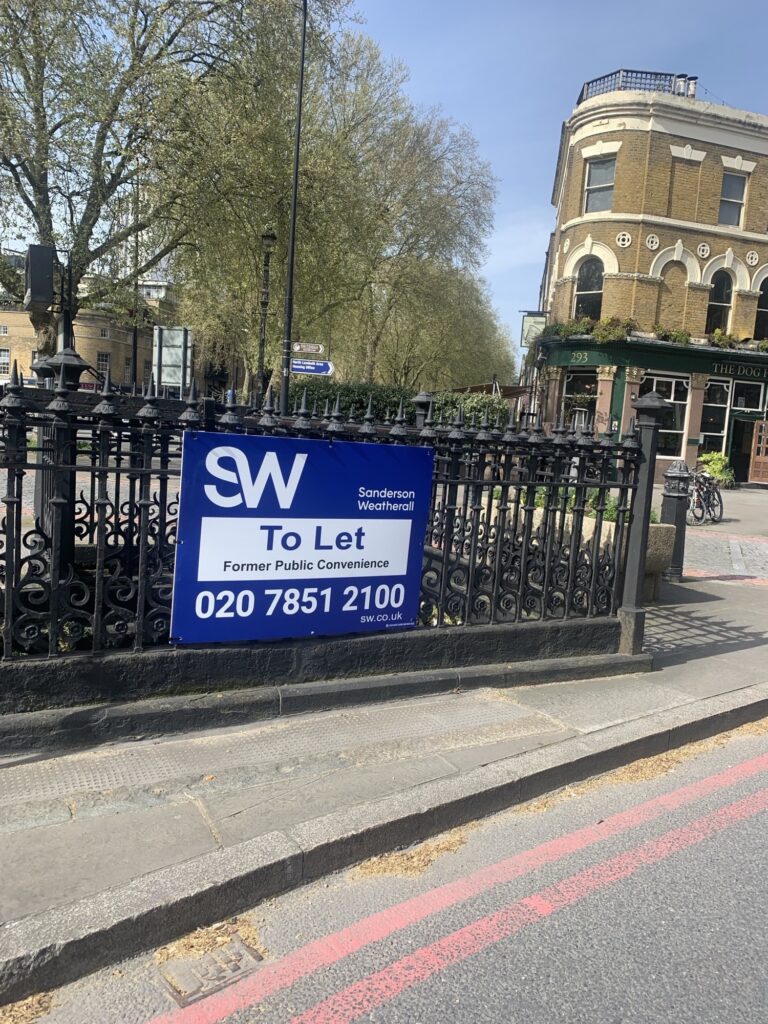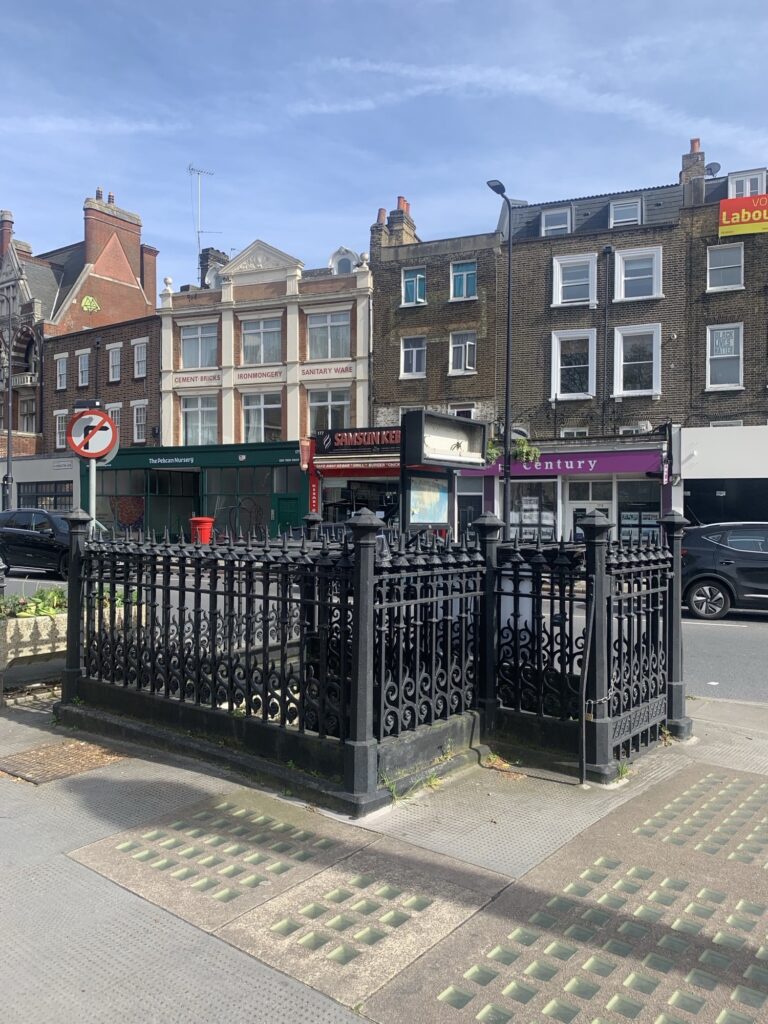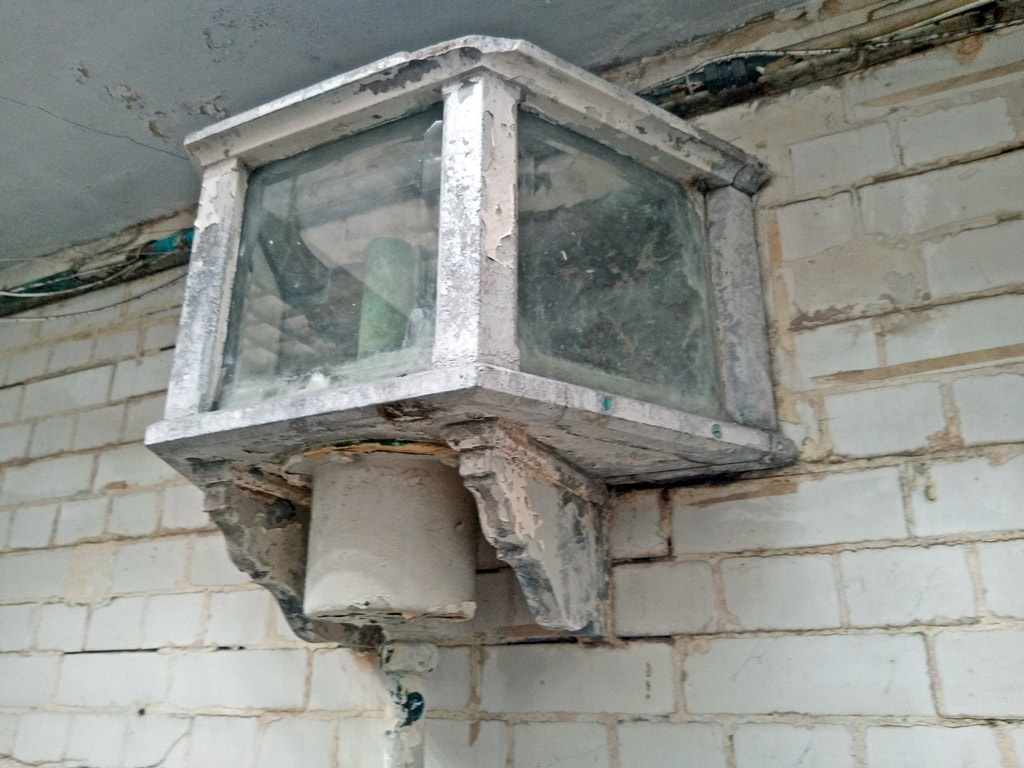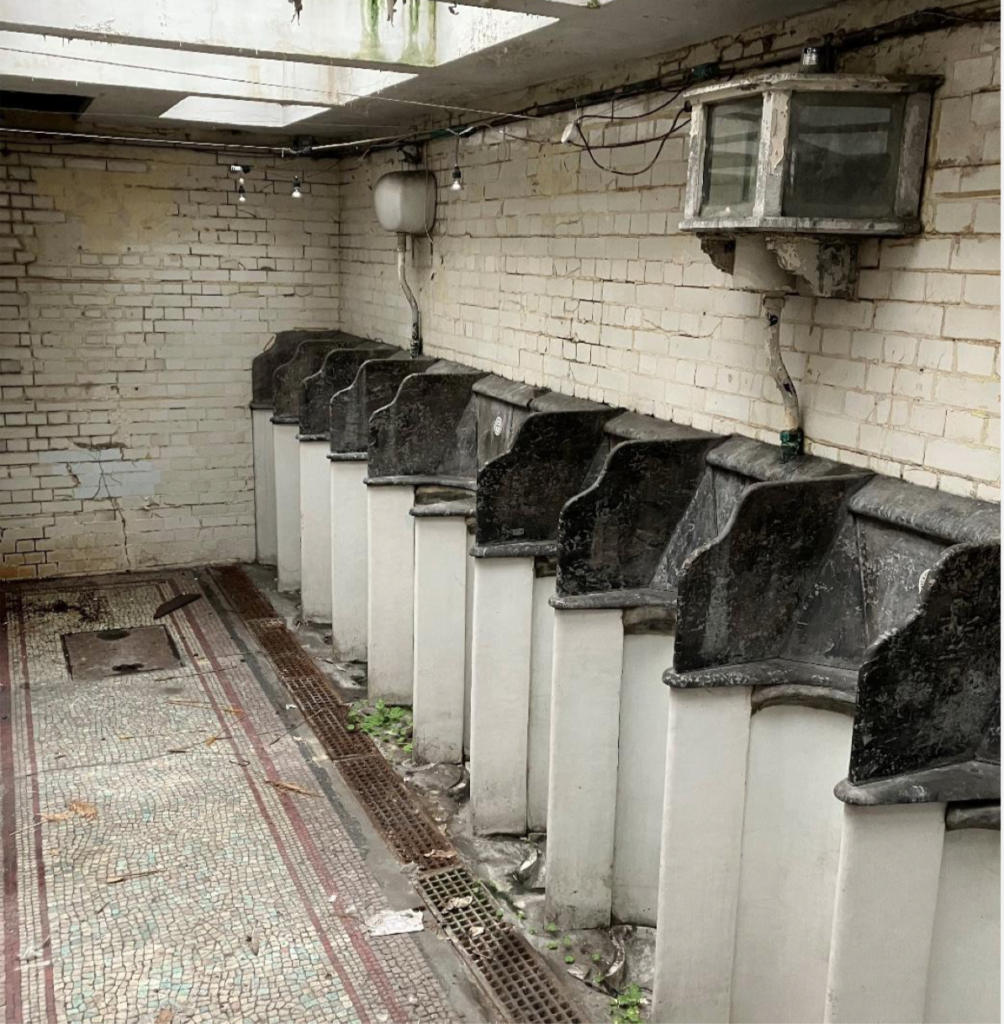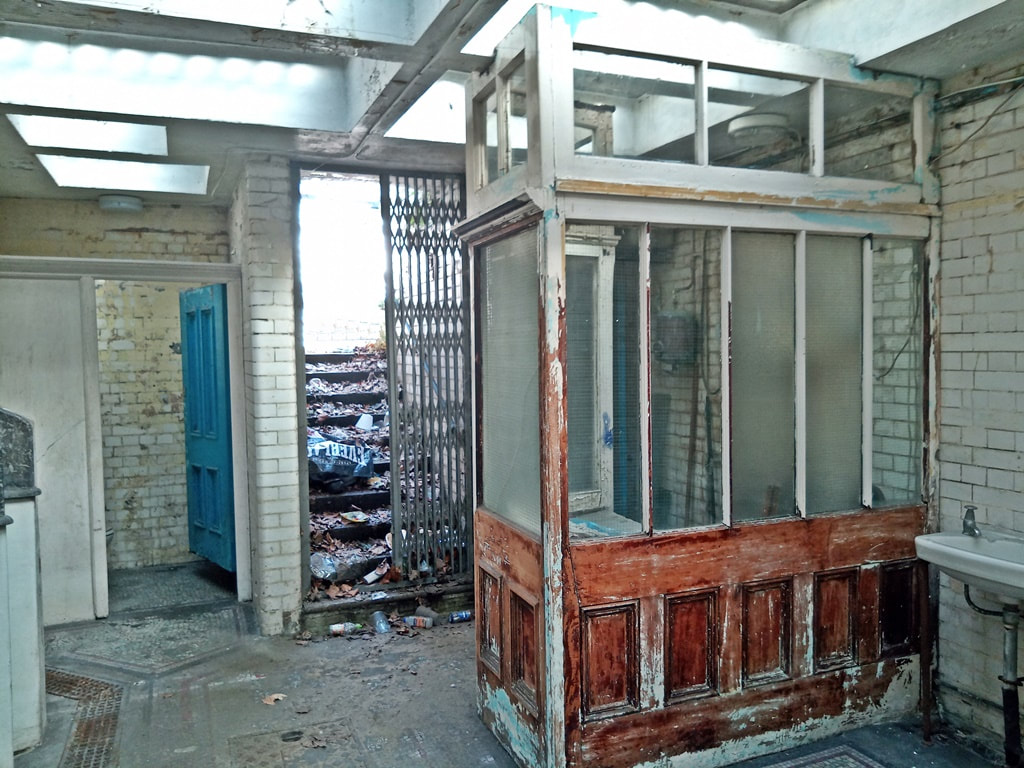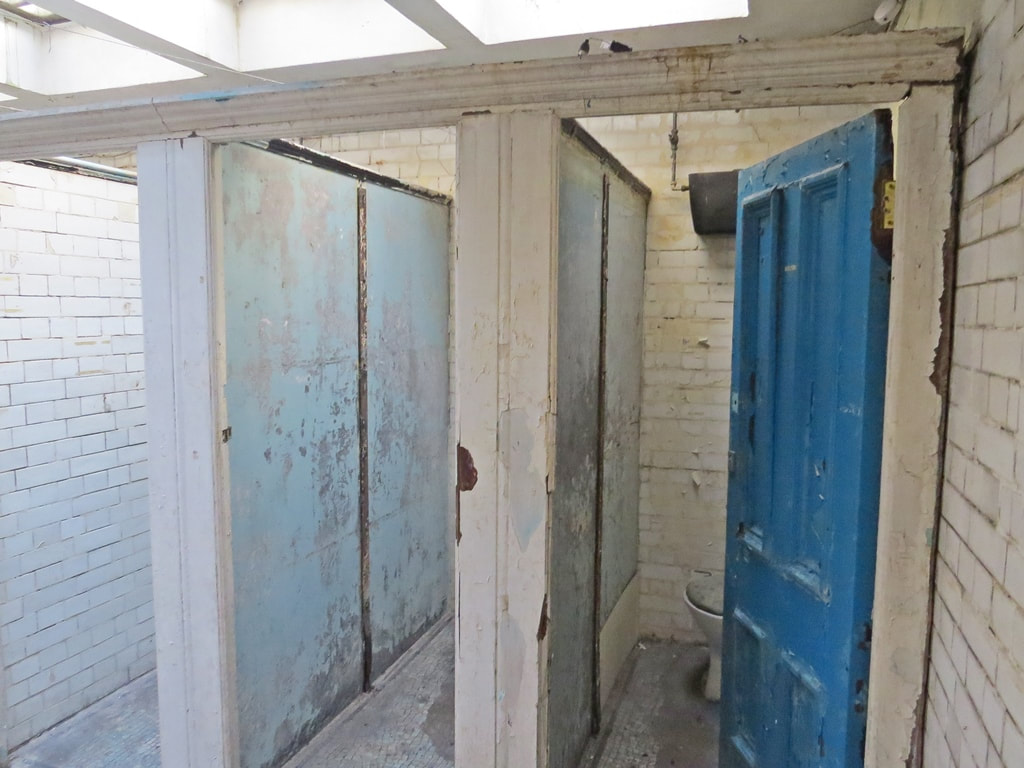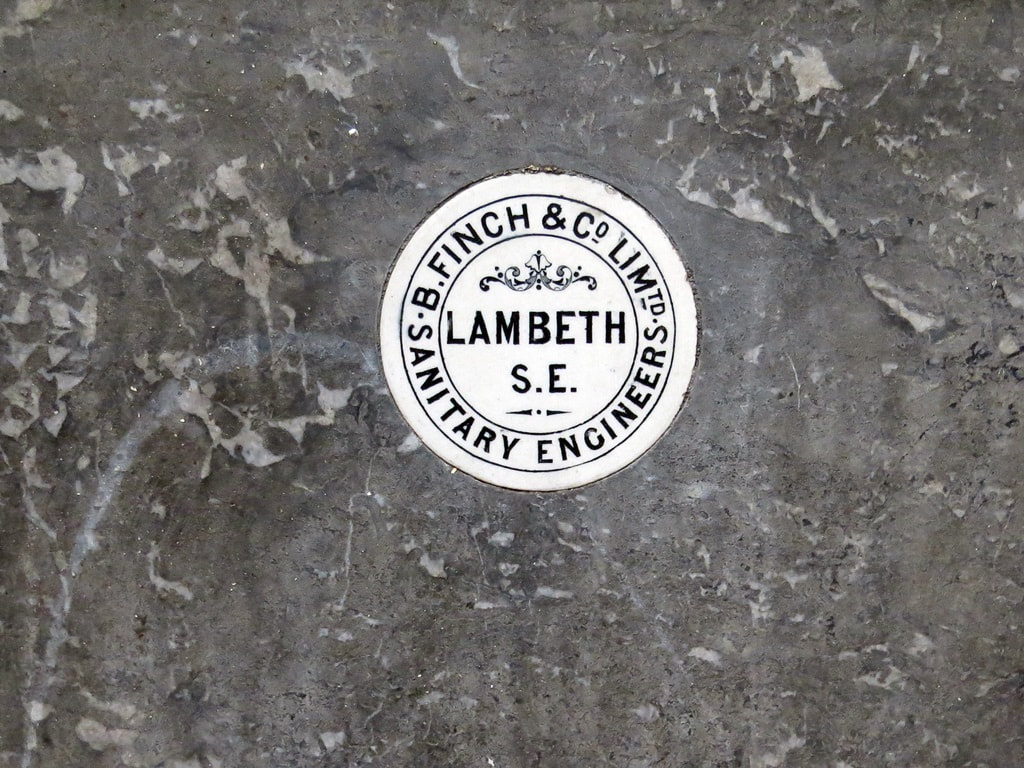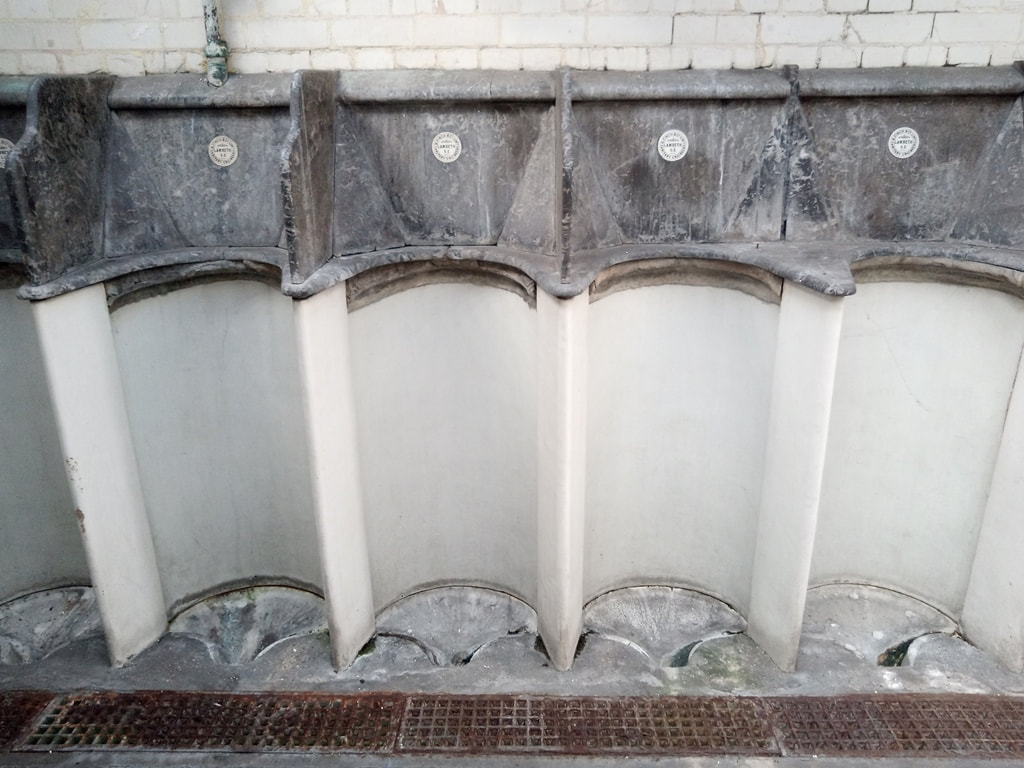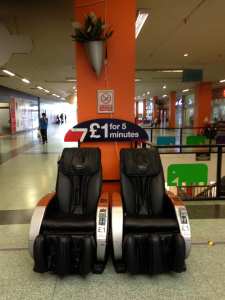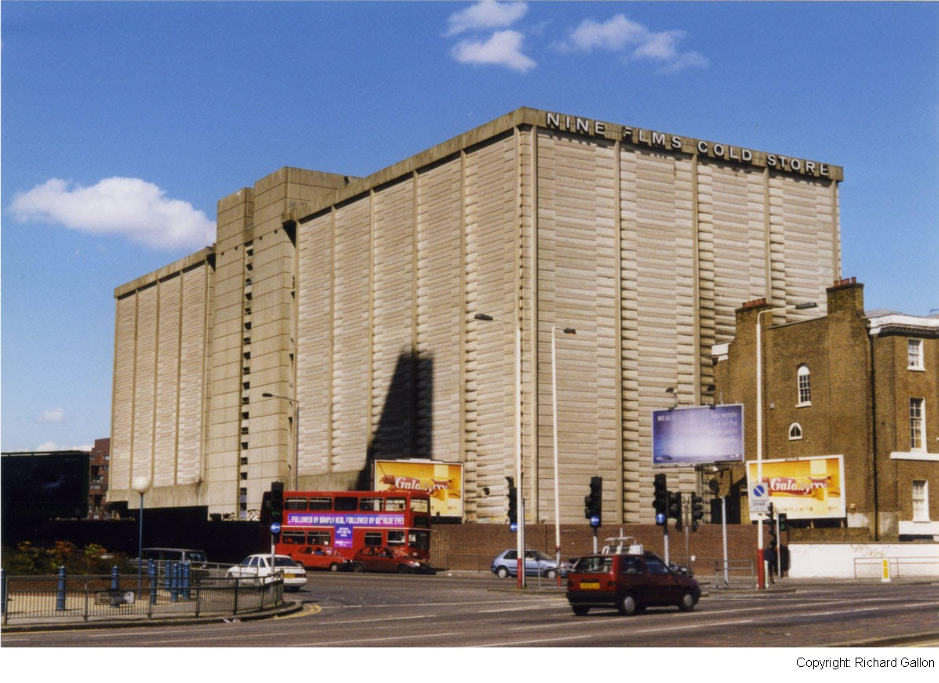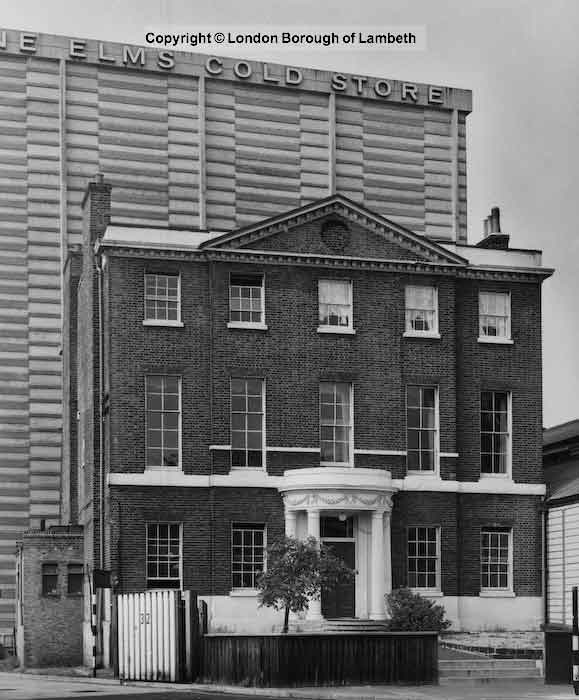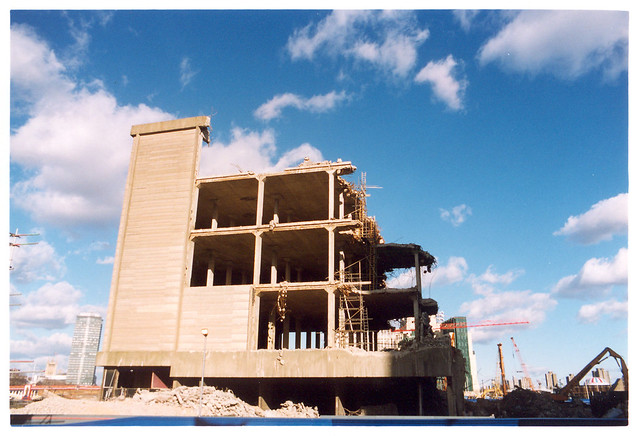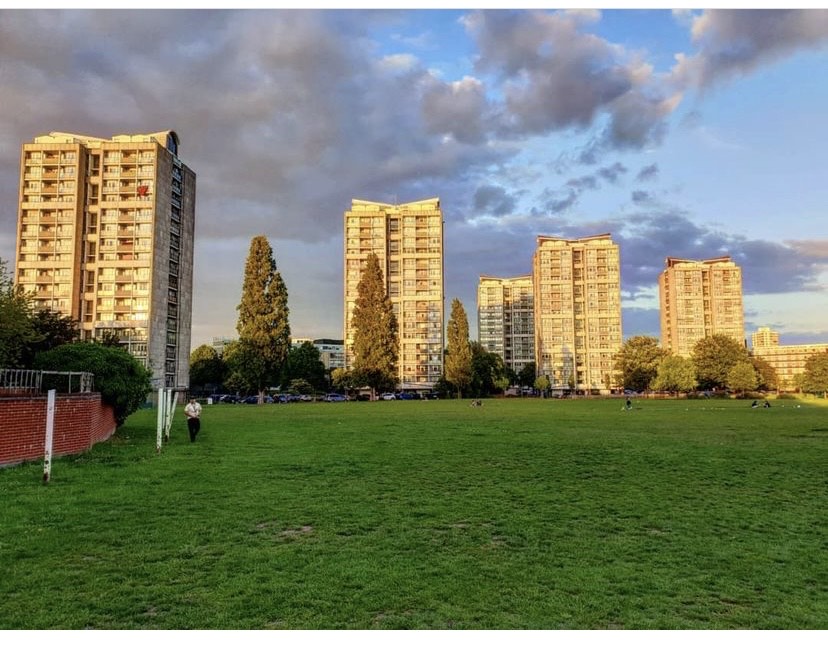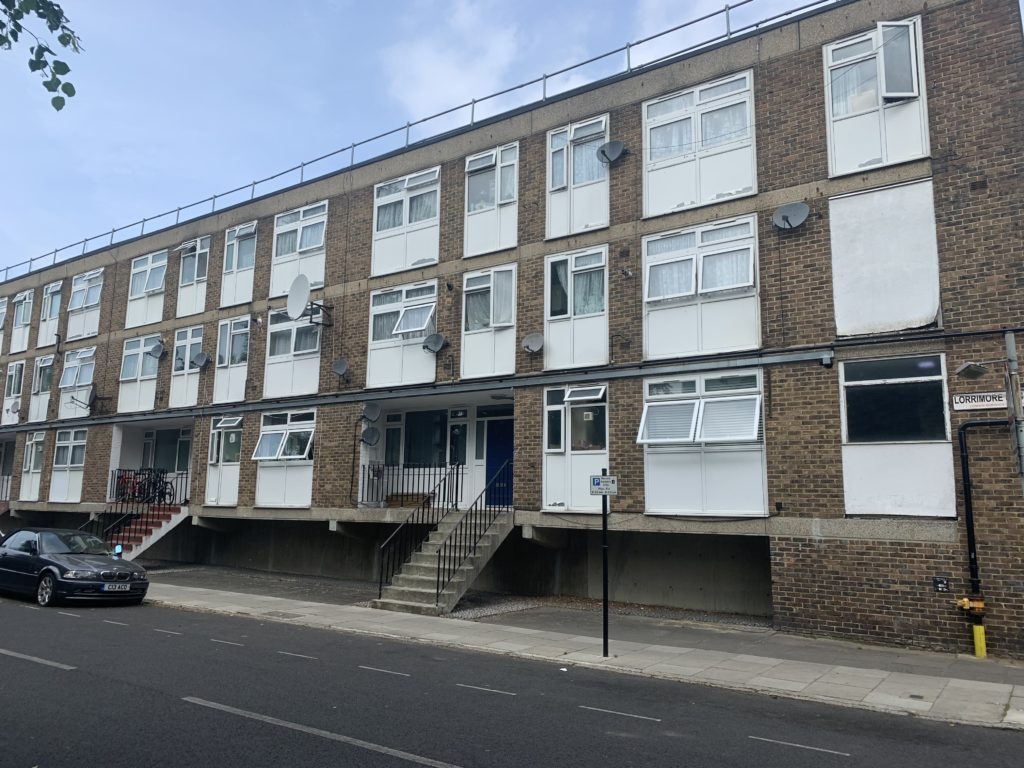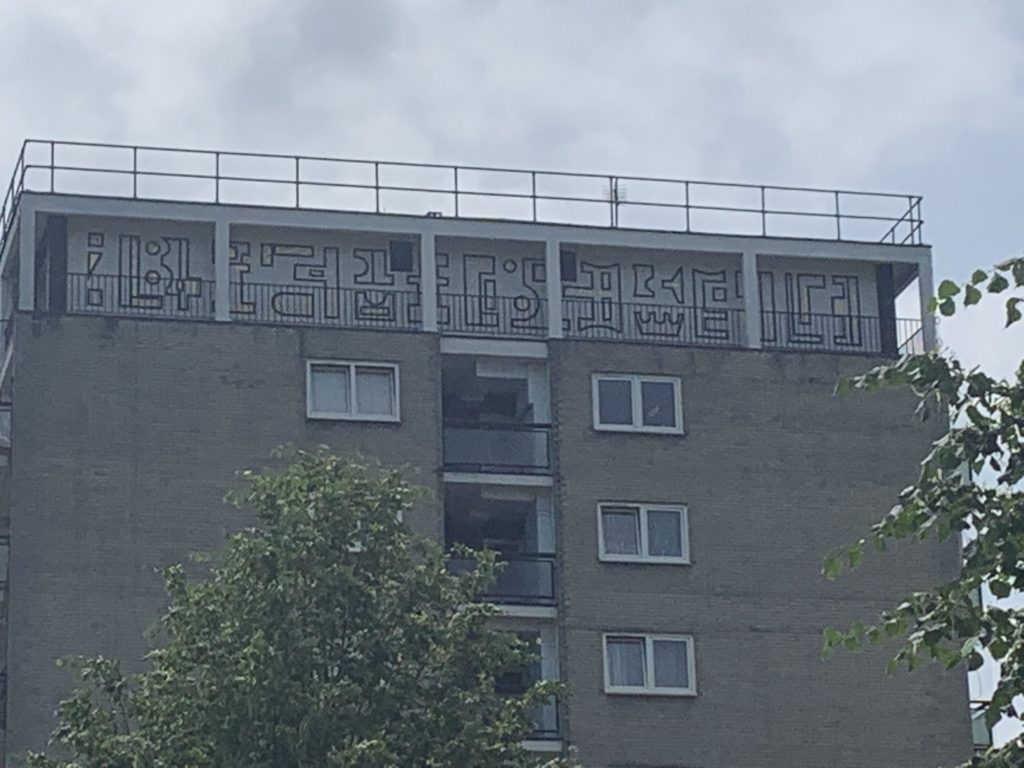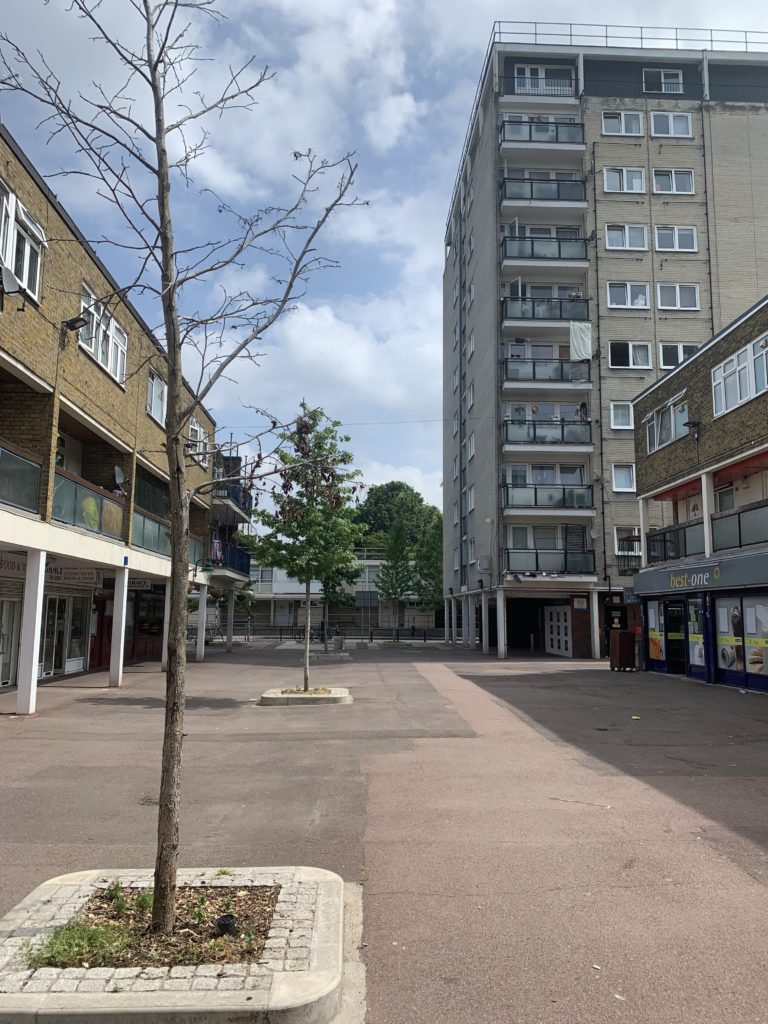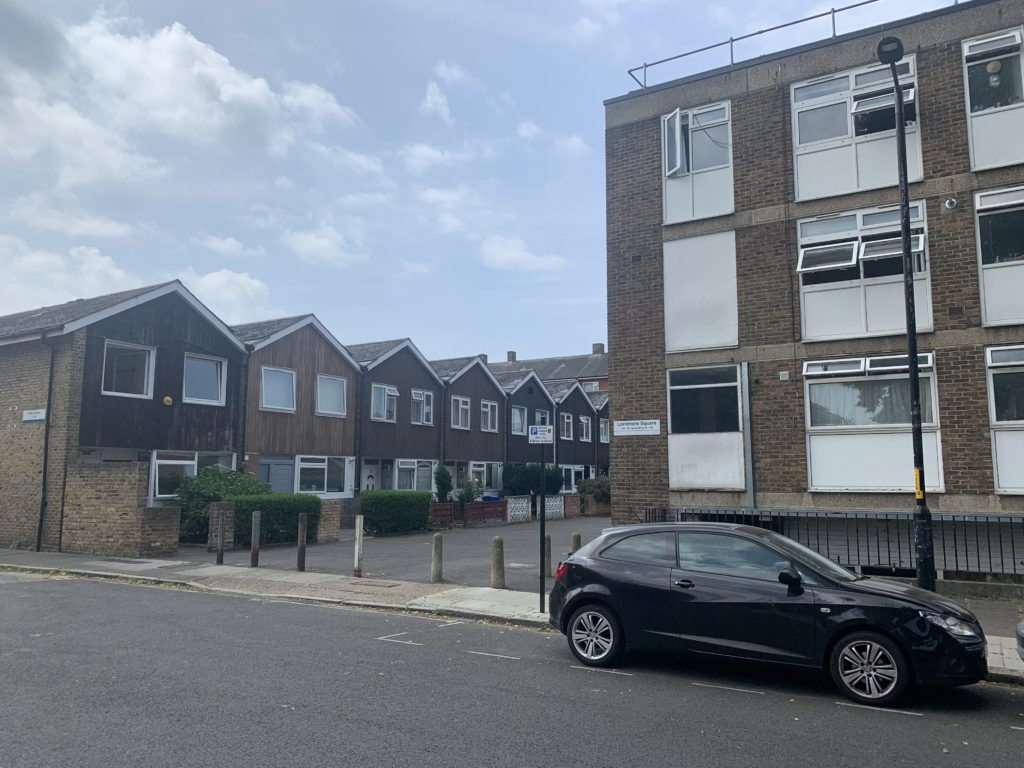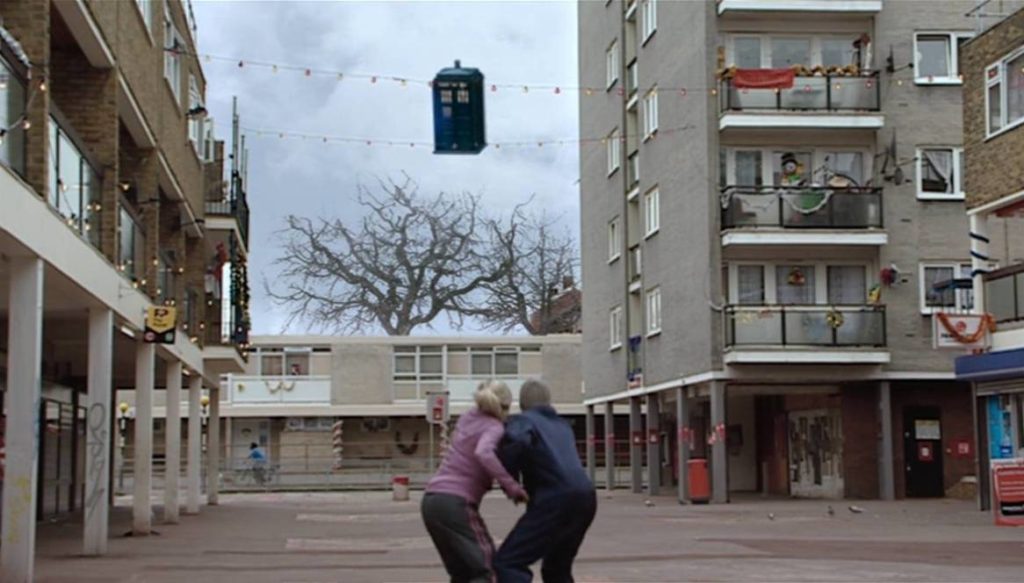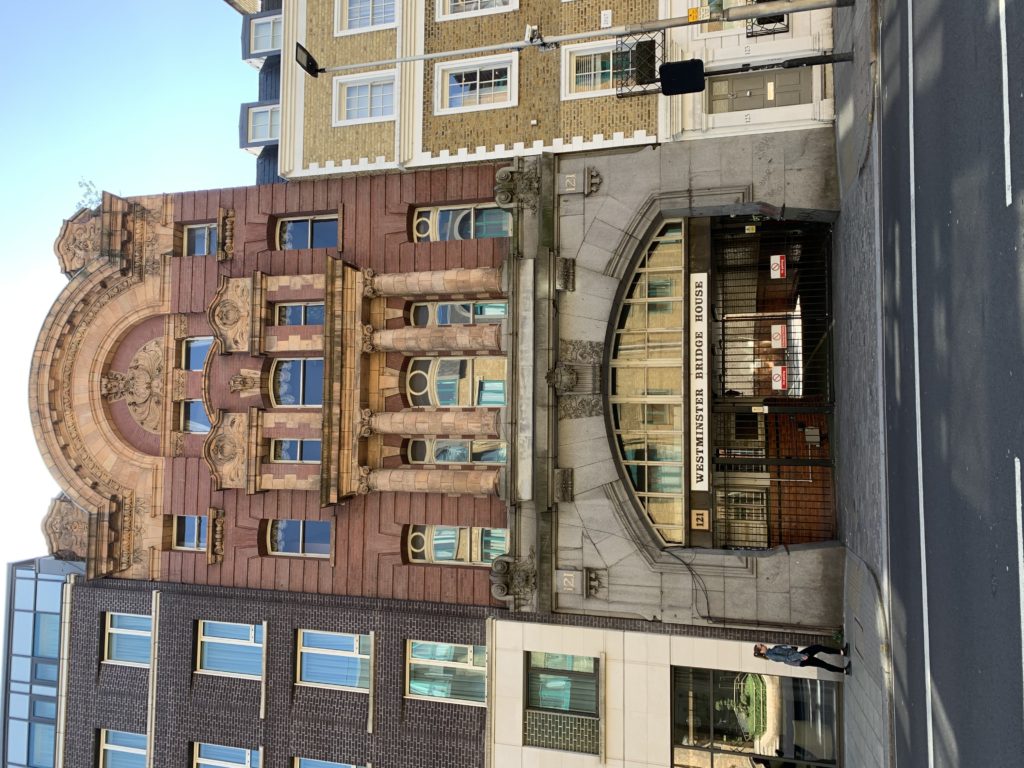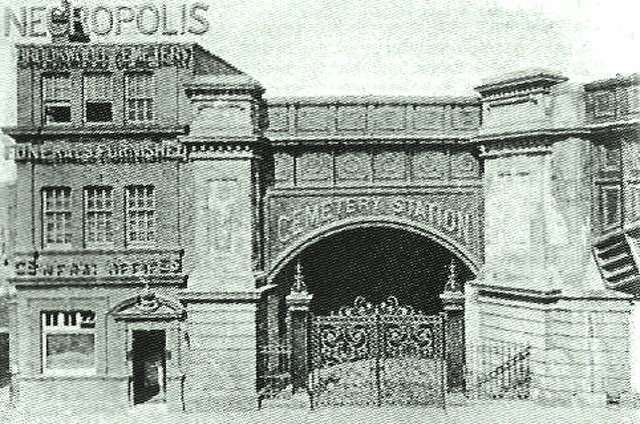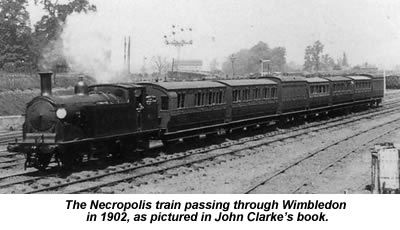This Saturday (5 October) is London Guiding Day, and we’re here to guide you about a fascinating walking tour around Greater Kennington that will be undertaken throughout the day, brought to you by the good folks at Lambeth Tour Guides
Local Heroes Kennington is our representation for Guiding Day, and reading from the press release ‘The Kennington tour will introduce you to suffragette art students, the son of a slave who rallied the working classes, a Black Prince and a little tramp, ending at Oval with some trailblazing cricketers’. The press release also encourages people to leave the area in order to ‘discover more tours around London’. We don’t encourage this.
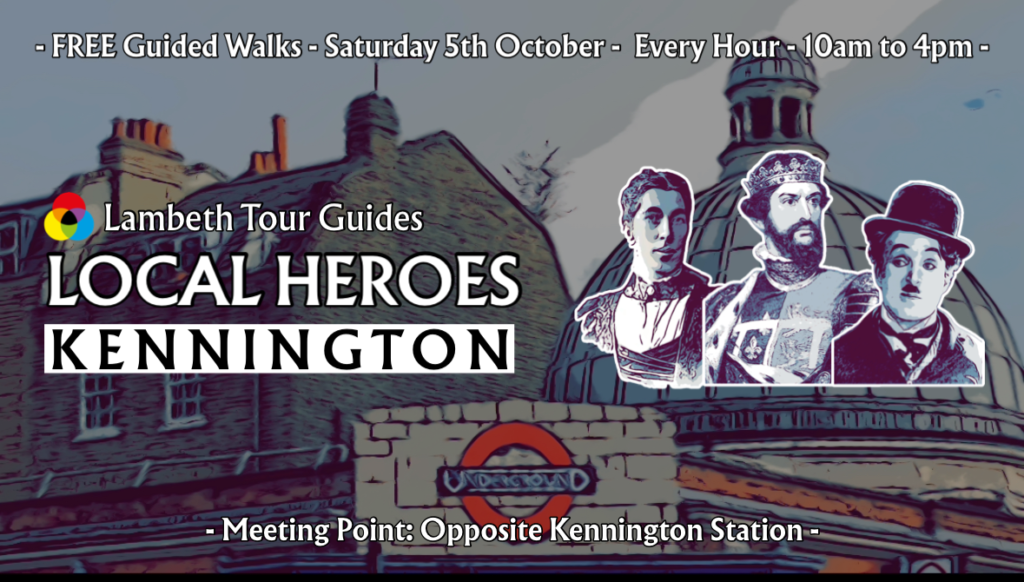
The tour will include notable and notorious denizens of Kennington including Jemina Durning Smith, Charlie Chaplin, the Black Price, and a whole bunch of ancient people on Instagram who we don’t recognise but who must have been very important. We’ve been notorious in Greater Kennington for over a decade now, so it’s curious that no one knocked on the door of our subterranean bunker to interview us. And we, unlike the lot above, even have the distinct advantage of still being alive. But we’ll get over it.
There will be six identical tours running on the hour and they meet at Kennington Station and can be booked here. They are free, but these people are professional tour guides and a tip (a fiver will do) will go a long way to expressing your satisfaction.
